Table of Contents
Are you planning to travel by plane and wondering if you can bring a cart with you? Whether you’re a regular traveler or a first-timer, it’s essential to understand the rules and regulations regarding what you can and cannot bring on board. With different restrictions and guidelines for carry-on and checked baggage, it can be confusing to keep track of what’s allowed.
The Transportation Security Administration (TSA) has specific rules regarding the items that passengers can bring on board. If you’re caught with prohibited items at the security checkpoint, you may face penalties, delays, or even miss your flight. It’s crucial to be aware of the TSA’s guidelines to ensure a smooth and hassle-free journey. This article will provide you with the information you need to know about bringing a cart on a plane and other essential air travel restrictions.
Key Takeaways about Can You Bring a Cart on a Plane?
- The TSA has specific guidelines for what you can and cannot bring on a plane, including carts.
- Carts are allowed in both carry-on and checked baggage, but there are some restrictions.
- It’s essential to be aware of the TSA’s guidelines to avoid penalties, delays, or missing your flight.
Understanding Air Travel Restrictions
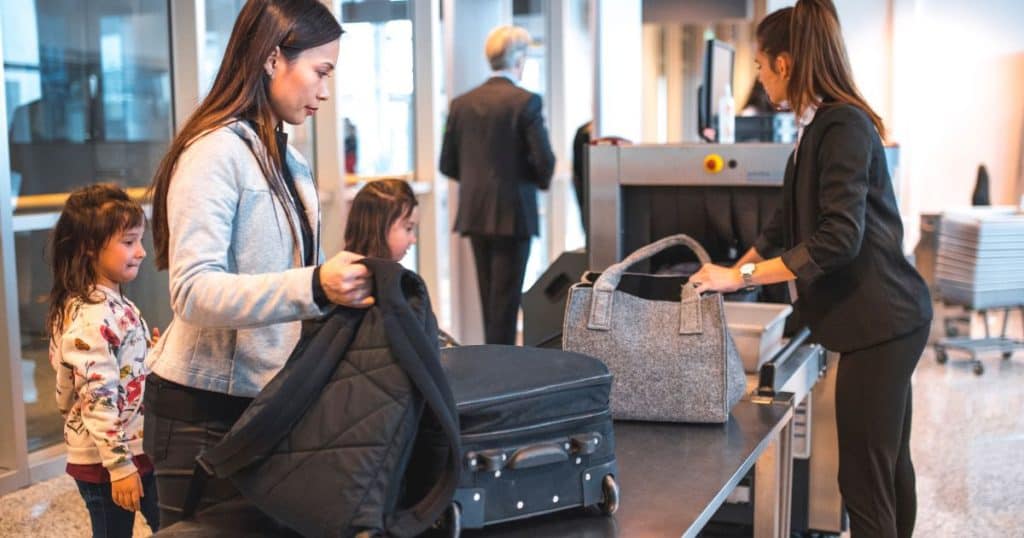
You’re all set for your upcoming trip, and you’re wondering if you can bring your cart on the plane. Air travel restrictions can be confusing, but don’t worry, we’ve got you covered.
The Transportation Security Administration (TSA) is responsible for ensuring the safety of passengers and their belongings while traveling. TSA regulations apply to all air travel in the United States and are enforced at TSA checkpoints in airports worldwide.
Before you pack your cart, it’s important to understand the restrictions set forth by the TSA and FAA regulations. The TSA has a list of items that are prohibited from being carried onto the plane, while FAA regulations dictate what can be brought on board and how it should be stored.
When it comes to carts, the TSA allows them to be transported as checked baggage or as a carry-on item. However, if you plan to bring your cart as a carry-on, it must meet the size and weight restrictions set by the airline.
It’s important to note that the TSA may have additional restrictions on carts depending on their contents. For example, if your cart contains hazardous materials, it may not be allowed on the plane.
To avoid any issues at the TSA checkpoint, make sure to review the TSA regulations on what can and cannot be brought on the plane. It’s also a good idea to check with your airline to see if they have any additional restrictions or fees for bringing a cart on board.
In summary, understanding air travel restrictions is crucial when it comes to bringing your cart on the plane. Make sure to review the TSA and FAA regulations, and check with your airline before you pack. By doing so, you can ensure a smooth and stress-free travel experience.
Carry-On and Checked Baggage Rules
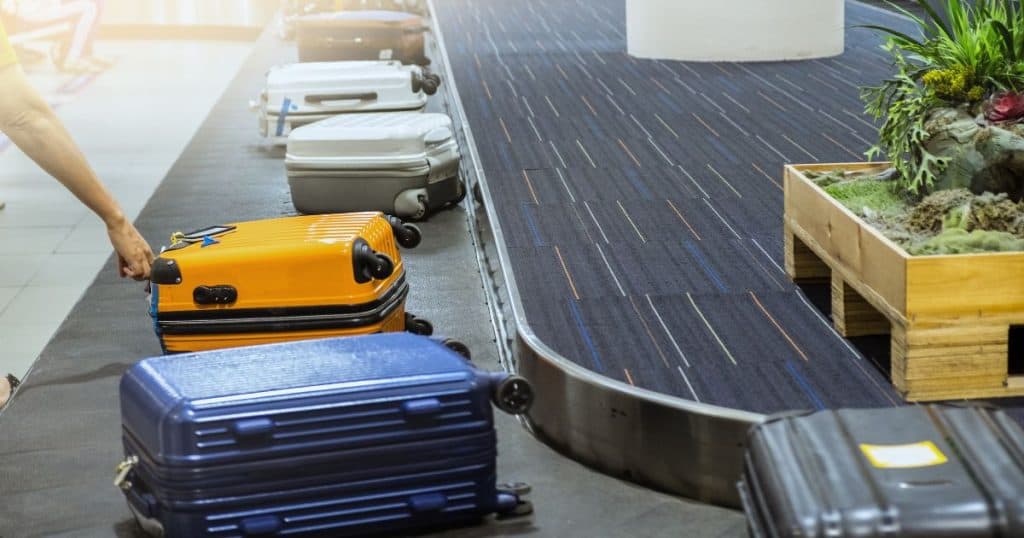
Traveling by plane can be an exciting experience, but it’s important to know what you can and cannot bring with you on the flight. One of the most common questions people ask is whether or not they can bring a cart on a plane. In this section, we’ll go over the rules for carry-on and checked baggage to help you understand what you can bring with you on your flight.
Carry-On Bags
When it comes to carry-on bags, the general rule is that you can bring one personal item and one carry-on bag. Personal items can include things like purses, backpacks, and laptop bags, while carry-on bags are typically larger bags that can fit in the overhead bin or underneath the seat in front of you.
Unfortunately, carts are not allowed as carry-on bags. This is because they are too large to fit in the overhead bin or underneath the seat. Additionally, carts are not considered personal items, so they cannot be brought on the plane as such.
Checked Baggage
If you need to bring a cart with you on your trip, you may be wondering if you can check it as baggage. The good news is that carts are allowed as checked baggage, but there are a few rules you need to be aware of.
Firstly, carts must be properly packaged for transport. This means that they should be securely wrapped in plastic or other protective material to prevent damage during transit. Additionally, carts may be subject to additional fees, depending on the airline you are flying with.
When checking your cart, it’s important to remember that it will not be accessible during the flight. This means that you should pack any essential items, such as medications or important documents, in your carry-on bag.
Summary
In summary, carts are not allowed as carry-on bags, but they can be checked as baggage. When checking your cart, be sure to properly package it for transport and be aware of any additional fees that may apply. Remember to pack any essential items in your carry-on bag, as your checked baggage will not be accessible during the flight.
Overall, understanding the rules for carry-on and checked baggage can help make your travel experience smoother and more enjoyable. By following these rules, you can ensure that you are able to bring everything you need with you on your trip, including your trusty cart.
Rules for Electronic Devices
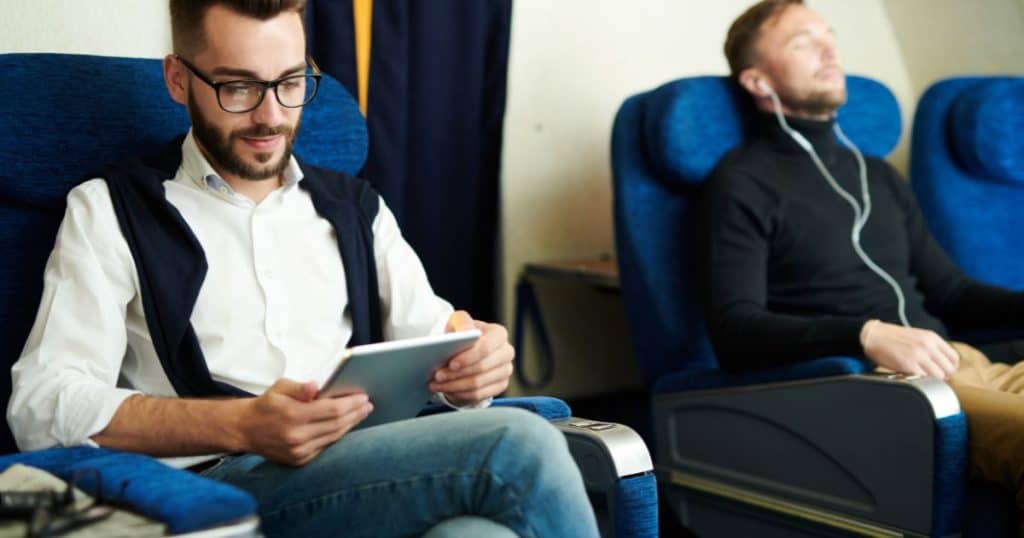
Are you wondering if you can bring your electronic devices, including vaporizers and vape pens, on a plane? The answer is yes, but there are some rules you need to follow.
First, make sure your electronic devices, including their batteries, are fully charged before you leave for the airport. Officers may ask you to power up your electronic device, including cell phones. Powerless devices will not be permitted onboard the aircraft. TSA does not read or copy information from your device. [1]
If you plan to use electronic devices on your flight, you’ll need to follow these safety rules:
- Approved electronic devices must be in airplane mode during flight. [2]
- You can use your approved devices except at takeoff and landing.
- Laptops and plane power ports can only be used above 10,000 feet.
When it comes to batteries, the TSA allows lithium batteries with up to 100 watt-hours per battery. Any spare batteries must be packed in your carry-on baggage. [1]
If you’re traveling with vaporizers or vaping devices, you must carry them onto the plane. You can’t pack them in checked baggage because of concerns over fires in the cargo hold. This is a worldwide rule, with no exceptions.
If you’re carrying plasma lighters, electronic lighters, e-lighters, arc lighters, or any other consumer devices with a heating element, you must pack them in your carry-on baggage. These items are not allowed in checked baggage. [1]
Remember, unintentional activation of electronic devices can be dangerous during the flight. Make sure to pack your devices properly and follow the safety guidelines to ensure a safe and comfortable flight.
Regulations for Liquids, Gels, and Aerosols
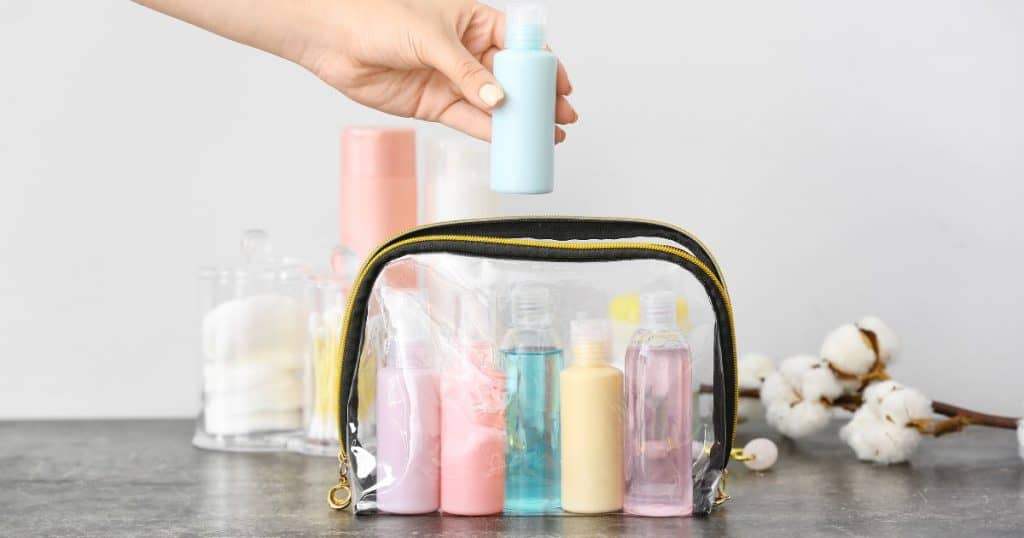
You’re excited to go on a trip, but you’re not sure what you can bring on the plane. One of the most common questions people have is about liquids, gels, and aerosols. The good news is that you can bring them, but there are some regulations you need to follow.
The Transportation Security Administration (TSA) has a 3-1-1 rule for liquids, gels, and aerosols in carry-on bags. This means that you can bring a quart-sized bag of liquids, aerosols, gels, creams, and pastes in your carry-on bag and through the checkpoint. These are limited to travel-sized containers that are 3.4 ounces (100 milliliters) or less per item.
What does this mean for you? It means that you can bring your toothpaste, shampoo, hair gel, deodorant, and other personal care items as long as they are in containers that are 3.4 ounces or less. If you have larger containers, you’ll need to pack them in your checked luggage.
The 3-1-1 rule applies to all liquids, gels, and aerosols, including juice, alcoholic beverages, and drinks. So if you want to bring your favorite drink with you, make sure it’s in a container that’s 3.4 ounces or less.
It’s important to note that the quart-sized bag must be clear and plastic, and you’re only allowed one bag per person. The bag must be placed in a bin or on the conveyor belt for X-ray screening. If you have more than one bag, or if your bag is too large, you’ll need to put it in your checked luggage.
There are some exceptions to the 3-1-1 rule. Baby food and baby formula are allowed in reasonable quantities, as are medications, including liquid medications. Canned or aerosol insecticides are also allowed, but they must be in their original packaging and placed in checked luggage.
Lighters are allowed, but they must be in a clear plastic bag and placed in your carry-on bag. You’re not allowed to bring more than one lighter on the plane.
In conclusion, you can bring liquids, gels, and aerosols on the plane, but you need to follow the 3-1-1 rule. Make sure your containers are 3.4 ounces or less, and pack them in a clear plastic bag. If you have any questions, check the TSA website or ask a TSA officer at the airport.
Carrying Alcoholic Beverages and CBD Products

You’re all set for your upcoming trip. You’ve packed your bags, double-checked your flight itinerary, and printed out your boarding pass. But wait, can you bring your favorite bottle of wine or CBD oil on the plane?
When it comes to carrying alcoholic beverages, the TSA has some guidelines you should follow. You can bring mini bottles of alcohol on the plane, but they must be in a quart-sized bag and fit within your carry-on luggage. If you’re carrying a larger bottle of alcohol, it must be packed in your checked luggage. Additionally, any alcoholic beverages over 140 proof are not allowed on the plane.
As for CBD products, the rules can be a bit more complicated. If you’re planning to bring CBD oil, gummies, or creams on a plane, the products must meet TSA guidelines. CBD products in your carry-on need to contain less than 0.3% THC and have a certificate of analysis to prove it. It’s also a good idea to keep them in their original packaging to avoid any confusion.
It’s important to note that cannabis products, including those with higher levels of THC, are still illegal under federal law and are not allowed on the plane. This includes any products containing more than 0.3% THC, even if they are labeled as CBD products.
So, can you bring your favorite bottle of wine or CBD oil on the plane? The answer is yes, as long as you follow the TSA guidelines. Just make sure to pack them appropriately and check the THC levels in your CBD products. With these tips in mind, you can enjoy your trip with your favorite beverages and CBD products in tow.
Vaping and E-Cigarettes on a Plane
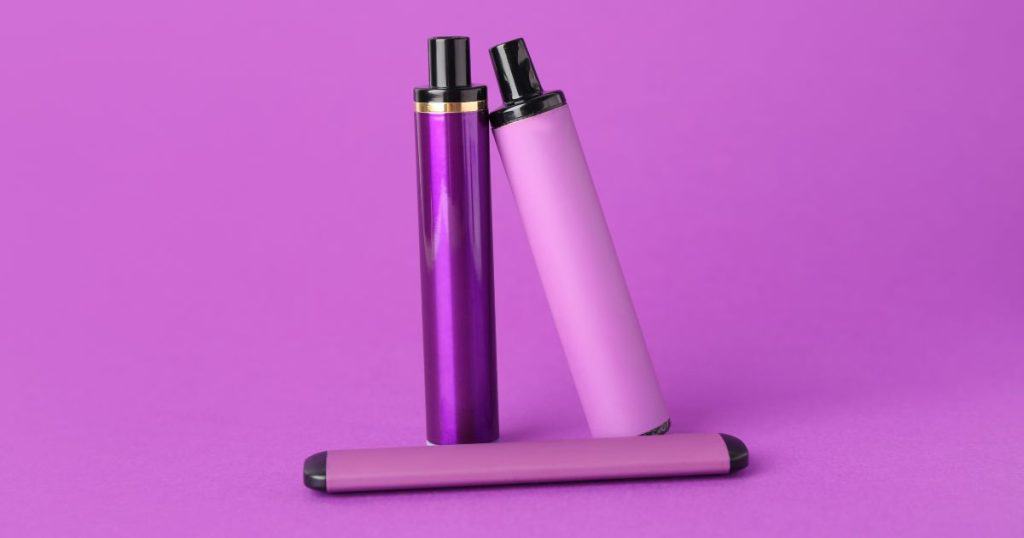
Are you planning a trip and wondering if you can bring your vape pen or e-cigarette with you? The answer is yes, but with some restrictions. In this section, we’ll cover everything you need to know about traveling with vaping devices, alternative nicotine products, and THC vapes.
First things first, you can bring your vape pen or e-cigarette on a plane, but it must be in your carry-on baggage or on your person. According to the Transportation Security Administration (TSA), electronic smoking devices are not allowed in checked bags due to the risk of fire. So, make sure to pack your vaping device in your carry-on bag.
When it comes to packing e-juice, there are some rules you need to follow. The TSA allows passengers to bring a quart-sized bag of liquids, aerosols, gels, creams, and pastes in their carry-on bag. Each container must be 3.4 ounces (100 milliliters) or less, and all containers must fit in the bag. So, if you want to bring your favorite e-liquid, make sure it’s in a container that’s 3.4 ounces or less and pack it in a quart-sized bag.
If you’re traveling with a THC vape, there are some additional rules you need to be aware of. While some states have legalized recreational or medical marijuana, it’s still illegal under federal law. Therefore, you cannot bring THC vapes or any other marijuana product on a plane, even if you’re flying within a state where it’s legal. It’s important to note that the TSA is not looking for drugs, but if they find them during the security screening process, they will refer the matter to law enforcement.
If you’re looking for alternative nicotine products for traveling, there are a few options available. Nicotine gum and patches are allowed on planes, and they don’t need to be packed in a quart-sized bag. However, if you’re traveling internationally, you should check the laws of the country you’re visiting to make sure these products are legal.
In conclusion, you can bring your vape pen or e-cigarette on a plane, but it must be in your carry-on baggage or on your person. Make sure to follow the rules for packing e-juice and be aware of the restrictions on THC vapes. If you’re looking for alternative nicotine products, nicotine gum and patches are allowed on planes. Happy travels!
Other Restricted Items
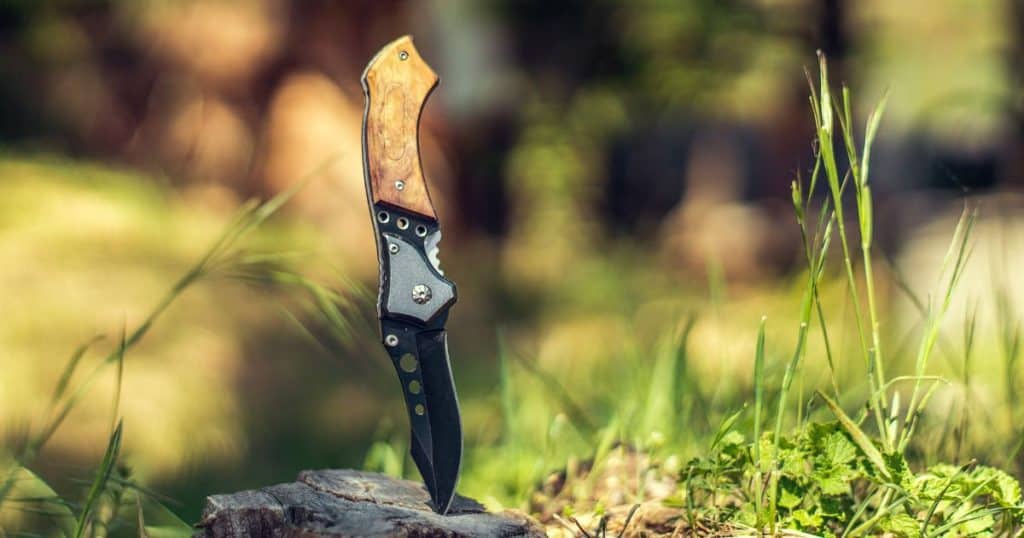
You’ve packed your bags, checked your list twice, and you’re ready to head to the airport. But before you head out, it’s important to know what items are restricted on a plane. While most of us know that firearms and ammunition are not allowed on board, there are other items that are restricted as well.
When it comes to ammunition, small arms ammunition is allowed in checked bags, but it must be properly packaged and declared at check-in. The same goes for firearms, which must be unloaded, locked in a hard-sided container, and declared at check-in. Antlers, on the other hand, are allowed as checked baggage or carry-on items, but they must be properly packaged and meet size restrictions.
Other restricted items include items that are hazardous or could pose a security risk. These can include:
- Explosives and flammable items such as fireworks, fuel, and aerosol cans
- Sharp objects such as knives, scissors, and razor blades (with the exception of safety razors)
- Sporting equipment such as golf clubs, baseball bats, and hockey sticks
- Liquids over 3.4 ounces, unless they are in a clear, quart-sized bag and declared at check-in
- Electronic devices larger than a cell phone, such as laptops and tablets
- Chemicals and toxic substances such as bleach, pepper spray, and tear gas
It’s important to note that even if an item is not on the restricted list, it may still be subject to additional screening or not allowed through the checkpoint if it triggers an alarm during the screening process, appears to have been tampered with, or poses other security concerns.
In summary, when packing for your next flight, be sure to check the TSA’s list of restricted items to avoid any surprises at the airport. Remember to properly package and declare any restricted items, and always follow the instructions of airport security personnel.
Special Considerations for Parents and Medical Needs
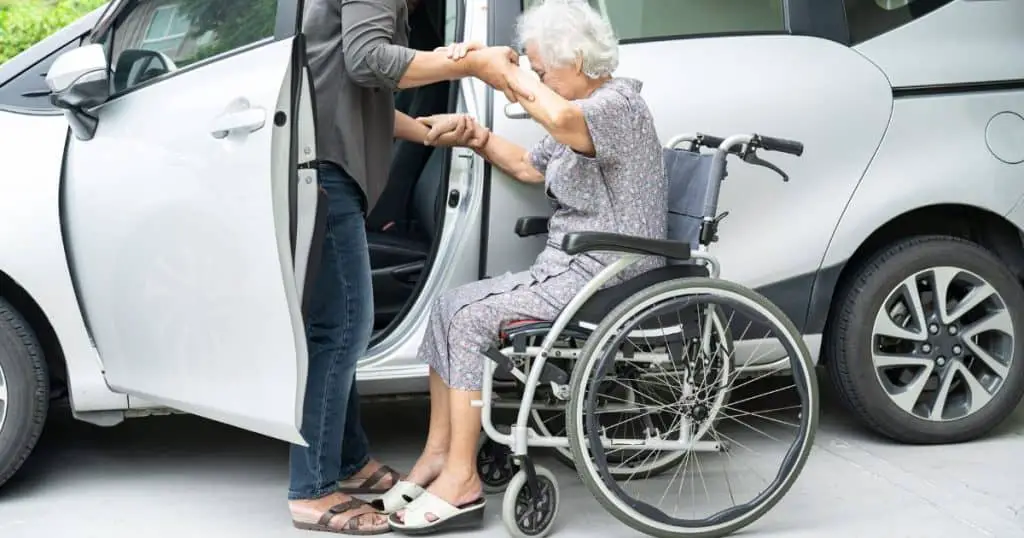
As a parent, traveling with your little one can be an adventure. But when it comes to air travel, there are some special considerations to keep in mind. Whether you’re bringing baby food, formula, breast milk, or a baby carrier, there are regulations you need to follow to ensure a smooth and stress-free trip.
First and foremost, it’s important to know that you can bring baby food, formula, and breast milk in your carry-on bag. These items are exempt from the usual 3-1-1 liquids rule, but you’ll need to declare them at the security checkpoint for inspection. Be sure to pack them in a separate bag and let the TSA officer know that you have them with you.
If you’re bringing a baby carrier, you can usually take it through security and onto the plane with you. However, it’s always a good idea to check with your airline ahead of time to make sure there are no restrictions. Some airlines may require that you check your carrier at the gate, while others may allow you to bring it on board as a personal item.
For parents traveling with a child who has medical needs, it’s important to know that you can bring necessary medications and medical equipment in your carry-on bag. This includes things like syringes, oxygen tanks, and other medical equipment. However, you’ll need to declare these items at the security checkpoint and provide any necessary documentation, such as a doctor’s note or prescription.
In addition to medications and medical equipment, you can also bring a reasonable amount of liquid medication in your carry-on bag. This is exempt from the usual 3-1-1 liquids rule, but you’ll need to declare it at the security checkpoint and provide any necessary documentation.
Overall, traveling with a little one can be a bit more complicated, but with a little preparation and knowledge of the regulations, you can ensure a smooth and stress-free trip. Remember to pack everything in a separate bag, declare any necessary items at the security checkpoint, and check with your airline ahead of time if you have any questions or concerns.
Penalties for Violating TSA Rules
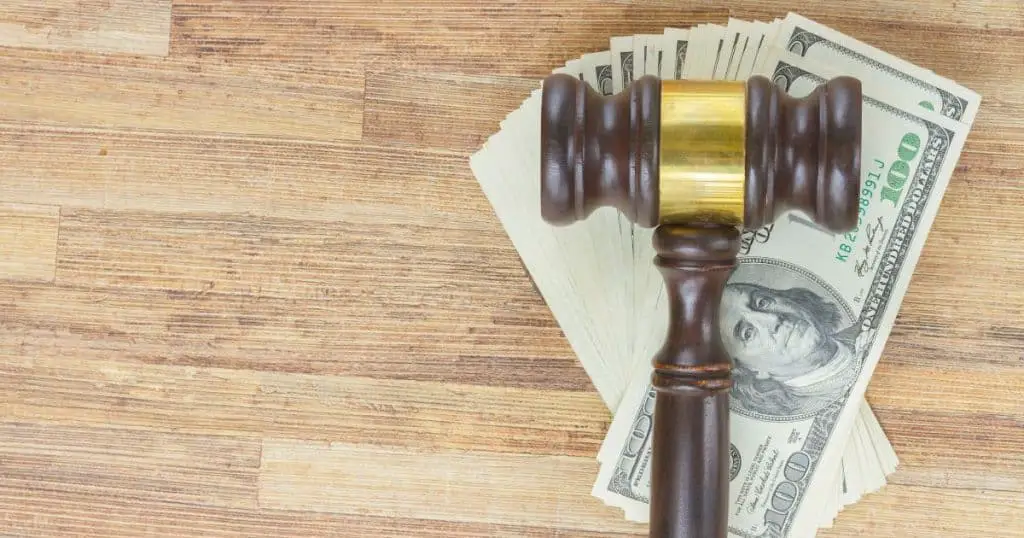
Have you ever found yourself in a situation where you accidentally packed a prohibited item in your carry-on luggage while traveling? It’s a common mistake, but one that can lead to serious consequences. The TSA takes security measures very seriously, and any violation of their rules can result in hefty fines and penalties.
If a TSA officer discovers that you have a prohibited item in your possession, you may be subject to civil penalties of up to $14,950 per violation per person. These penalties can be imposed for a variety of violations, including carrying hazardous materials (hazmat), possessing illegal substances, or attempting to bring a weapon onto a plane.
In addition to civil penalties, you may also face legal action and prosecution by local authorities. Depending on the severity of the violation, you could even face imprisonment. It’s important to note that repeat violations will result in higher penalties, so it’s crucial to be aware of the TSA’s rules and regulations before traveling.
To avoid these penalties, it’s important to familiarize yourself with the TSA’s guidelines and prohibited items list. This list includes items such as firearms, explosives, and flammable liquids, among others. If you’re unsure whether an item is allowed on a plane, it’s always best to check with the TSA before packing it.
It’s also important to note that attempting to hide a prohibited item in your luggage or on your person is a serious offense. TSA officers are highly trained to detect suspicious behavior and items, and attempting to deceive them can result in severe penalties.
In summary, violating TSA rules can result in serious consequences, including civil penalties, legal action, and imprisonment. To avoid these penalties, it’s important to be aware of the TSA’s guidelines and prohibited items list, and to always be truthful and transparent with TSA officers.
Travel Tips for a Smooth Journey
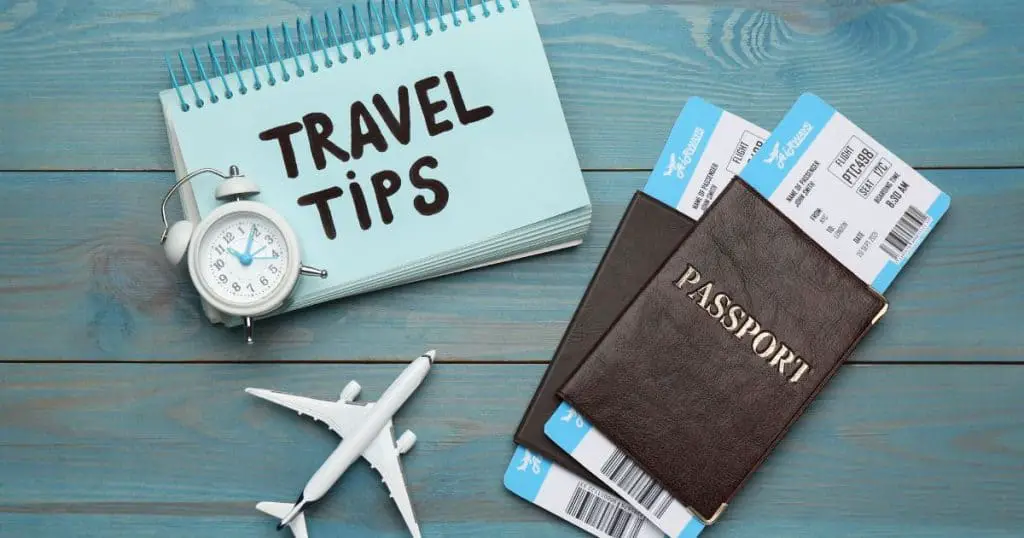
Are you planning to take a flight soon and wondering how to make your journey smooth? Well, worry not because we’ve got you covered! Here are some travel tips to ensure you have a stress-free and enjoyable trip.
Packing Tips
When it comes to packing, it’s essential to pack smart. Make sure you pack only the essentials and avoid carrying items that are prohibited on a plane. For instance, you cannot bring any metal boxes or containers that are likely to cause harm. Additionally, avoid packing any liquids that are more than 3.4 ounces and ensure they are in a clear, plastic, quart-sized bag.
It’s also crucial to pack your items in a protective case or pouches to prevent any damage or leaks. If you’re carrying any electronic devices, make sure they are in a pocket or a separate case to avoid any scratches or damages.
Power Banks
If you’re traveling with a power bank, ensure that it has a watt-hour (wh) rating of less than 100 and a lithium content of fewer than 2 grams. This is because power banks with higher ratings are not allowed on United States flights.
Air Mattress with Built-in Pump
If you’re planning to carry an air mattress with a built-in pump, ensure it’s deflated, folded, and packed in a protective case or pouch. This will prevent any damage and make it easier to carry.
Food and Fiber
If you’re carrying any food items, ensure that they are packed in a leak-proof container to avoid any mess. Additionally, carry some fiber-rich snacks like nuts, dried fruits, and granola bars to keep you full and energized throughout your journey.
Entertainment
Long flights can be boring, so it’s essential to carry some entertainment to keep you occupied. You can pack a book, a tablet, or even download some movies or TV shows to watch on your flight. Don’t forget to carry your headphones to avoid disturbing other passengers.
By following these travel tips, you’re guaranteed to have a smooth and stress-free journey. Remember to pack smart, carry essential items, and avoid carrying any prohibited items. With these tips, you’re all set for a great trip!
FAQs
If you’re planning to travel with electronic cigarettes or vape pens, you may be wondering about the TSA regulations regarding these items. Here are some of the most frequently asked questions about bringing e-cigarettes on a plane.
Can you bring electronic cigarettes on a plane?
Yes, you can bring electronic cigarettes on a plane. However, there are some restrictions on where you can use them and how you can pack them.
What are the TSA regulations on e-cigarettes in carry-on luggage?
According to TSA regulations, electronic cigarettes and other vaping devices are allowed in carry-on luggage, but not in checked luggage. You are not allowed to use electronic cigarettes on the plane, and you must remove them from your carry-on bag and place them in a plastic bag for screening.
Is it allowed to bring vape pens on a plane?
Yes, you can bring vape pens on a plane, but they must be packed in your carry-on luggage and not in your checked luggage. You must also remove them from your carry-on bag for screening.
What is the policy for carrying e-cigarettes in checked luggage?
According to TSA regulations, electronic cigarettes and other vaping devices are not allowed in checked luggage. You must pack them in your carry-on luggage and remove them for screening.
Are disposable vape cartridges allowed on airplanes?
Yes, disposable vape cartridges are allowed on airplanes. However, they must be packed in your carry-on luggage and not in your checked luggage.
What happens if TSA finds e-cigarettes during security check?
If TSA finds e-cigarettes during security check, they will be treated like any other prohibited item. You will be given the option to either surrender the item or return to the ticket counter and check it in your luggage. If you choose to surrender the item, it will be disposed of by TSA.
Now that you know the TSA regulations regarding electronic cigarettes and vape pens, you can pack them safely and confidently for your next flight.

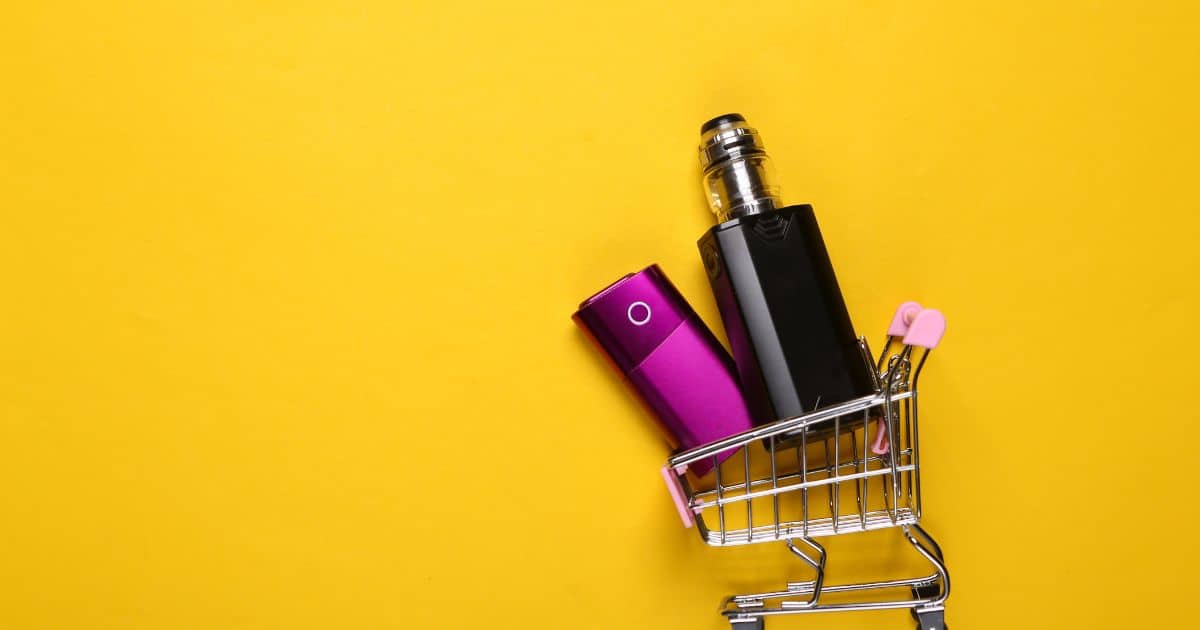
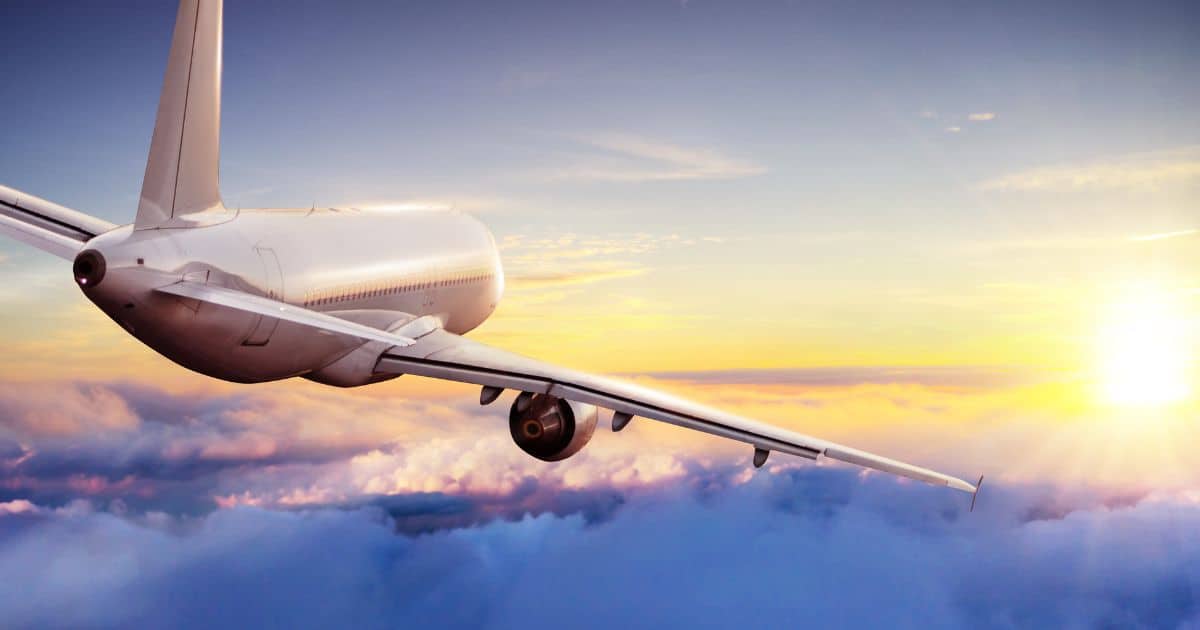
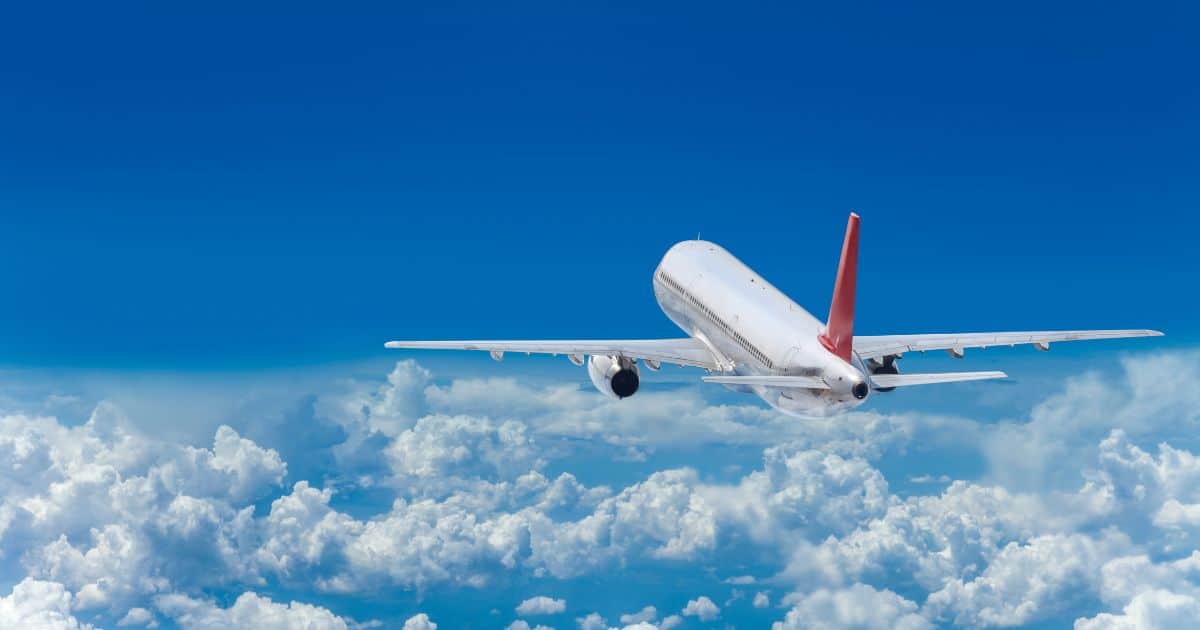
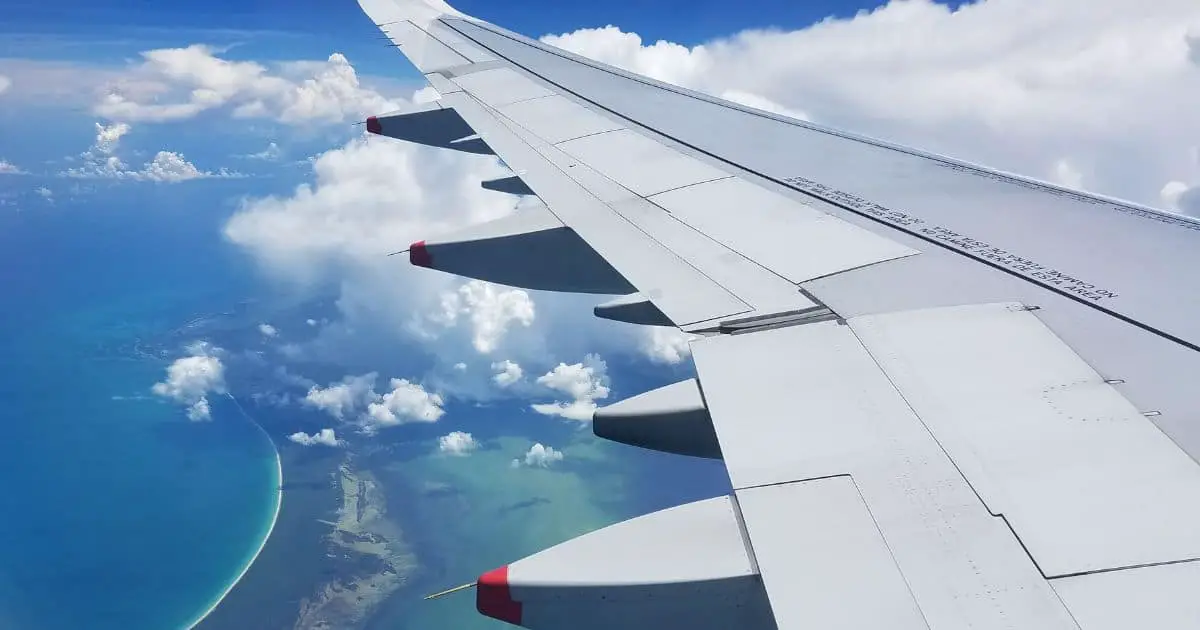

Leave a Reply